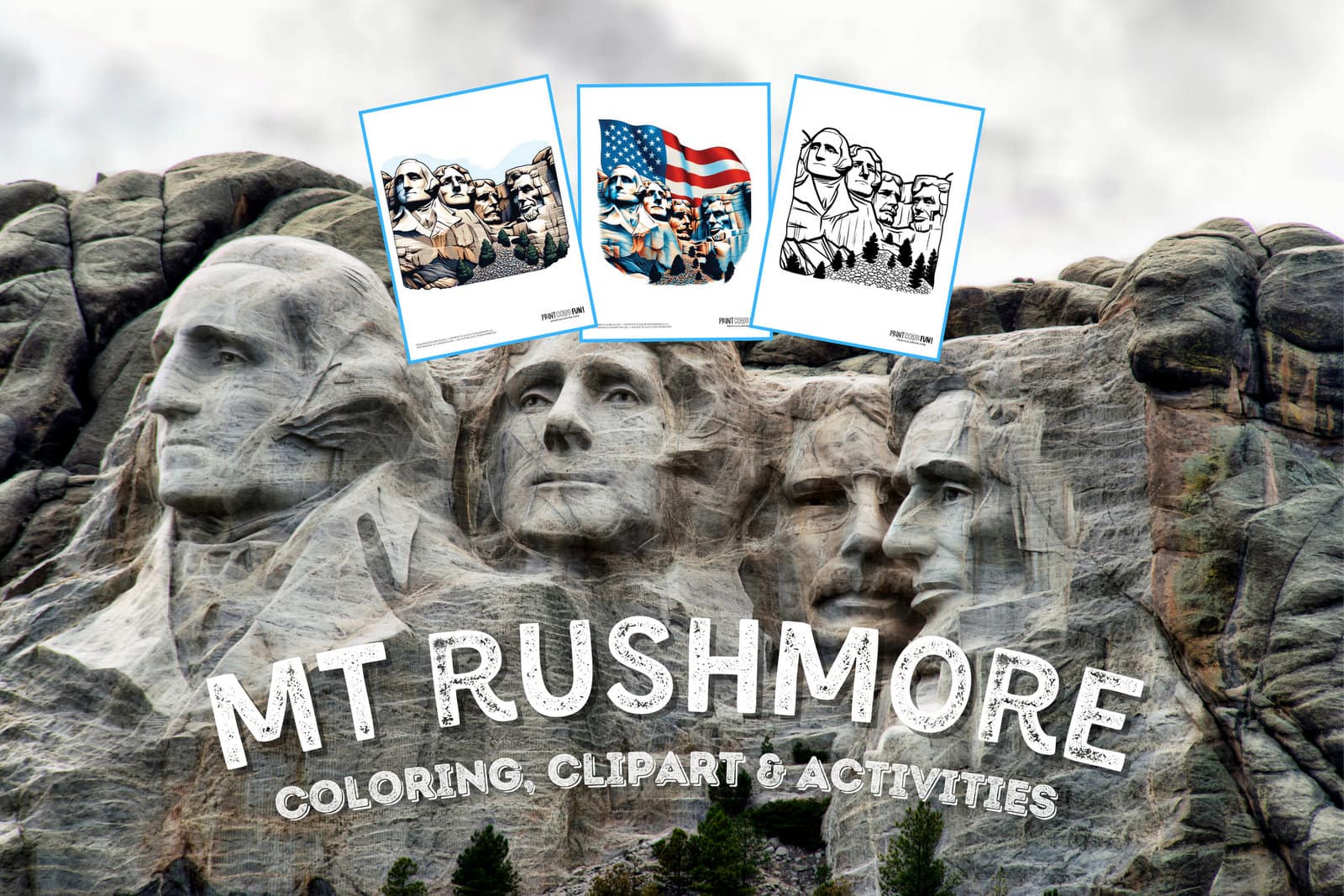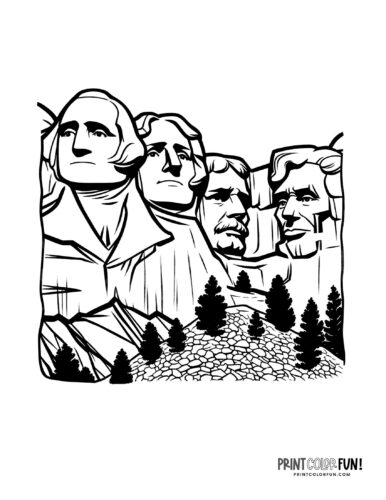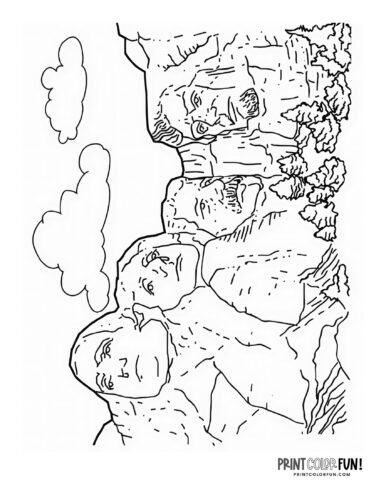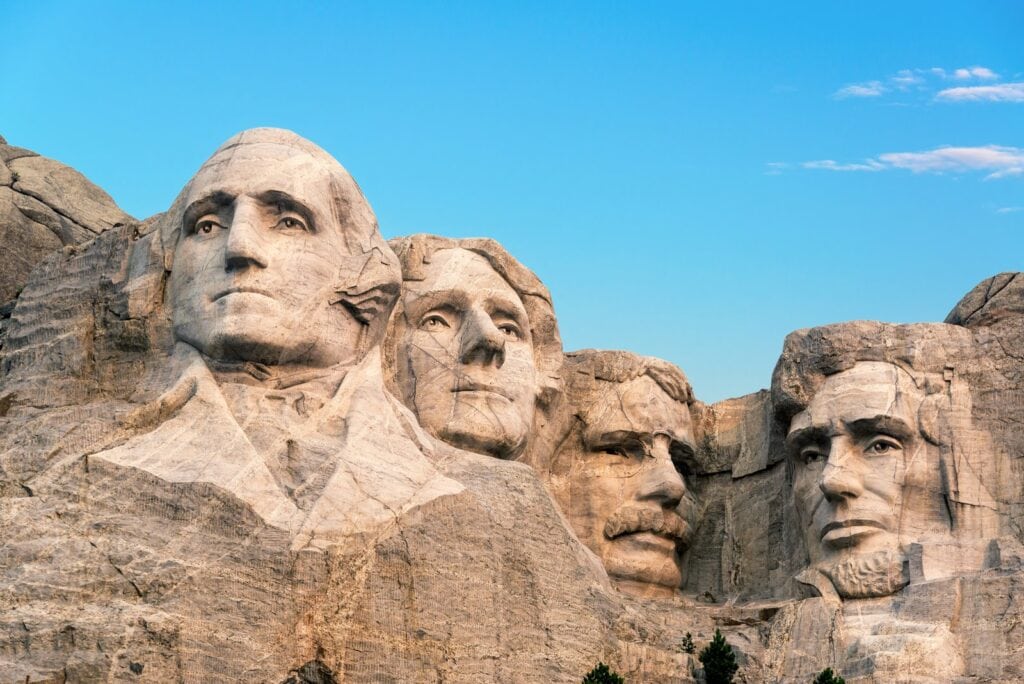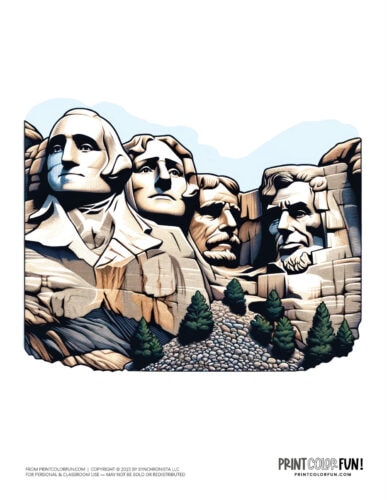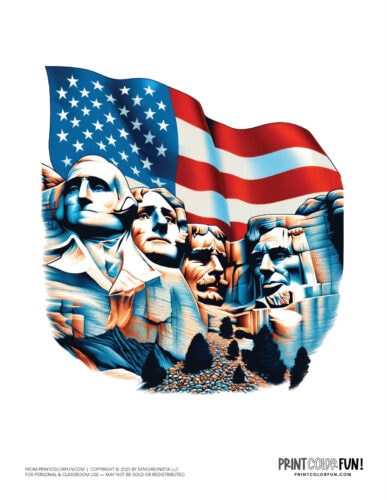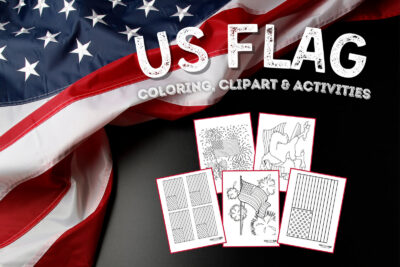Some of the world’s largest sculptures are on the northern side of Mt. Rushmore in the Black Hills of South Dakota.
Known as the “Shrine of Democracy,” the granite monument portrays the busts of Presidents Washington, Jefferson, Lincoln and Theodore Roosevelt.
They were carved between 1927 and 1941 by Gutzon Borglum and his son, Lincoln. According to a newspaper article in the Wilmington News-Journal (Wilmington, Ohio) from 1975, the elder sculptor said that one day, Lincoln Borglum might be asked why his father chose the four men for the carving.
“I want you to be able to answer why. Washington represents our independence, Jefferson personifies government by the people, Lincoln preserved the union, Theodore Roosevelt saw in the building of the Panama Canal the completion of the dream of Columbus of a water route to India — and he knew the value of the development of the west of our nation.”
Below you can see the final version of the plaster model used to carve Mount Rushmore — and you might notice that it looks pretty different!
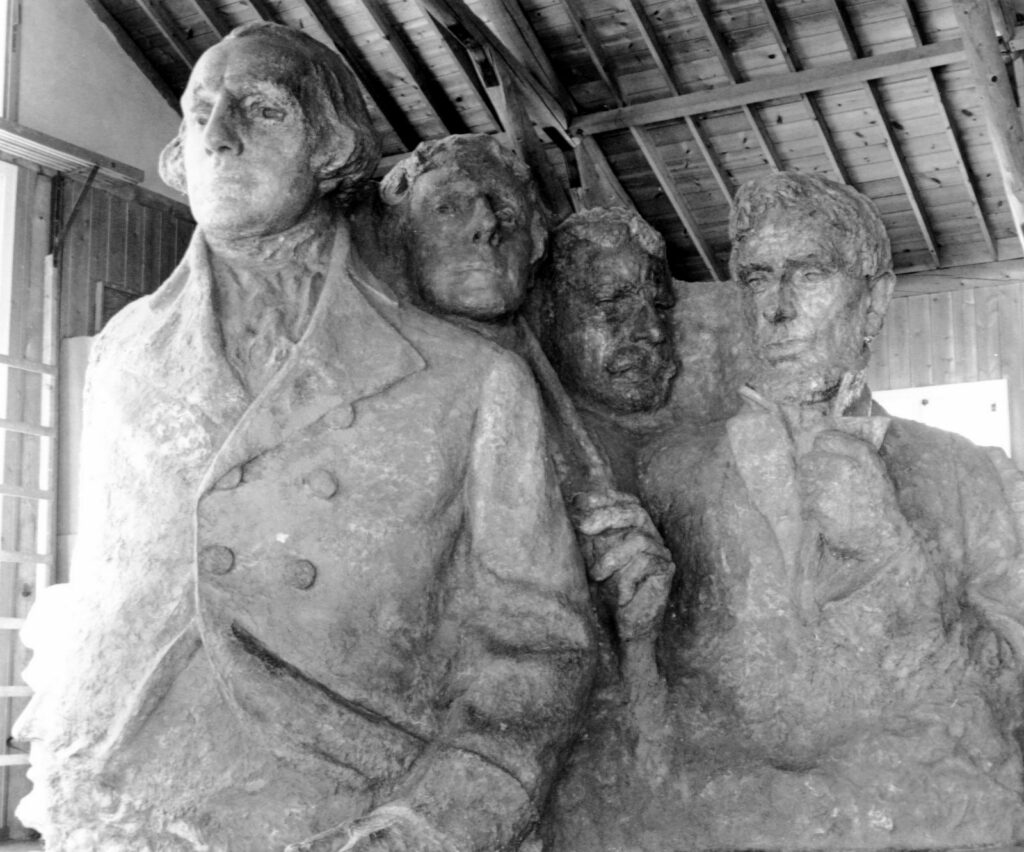
The sculptures were originally going to be even taller, featuring each of the men down to their waists — but there wasn’t enough money to finish carving them at that size. Read on to find out more!
Mount Rushmore coloring pages & cool clipart
What Mount Rushmore was supposed to look like
The majestic monument etched into the Black Hills of South Dakota, is a symbol of American history and achievement. However, you might be surprised to learn that the version we see today isn’t exactly what the sculptor, Gutzon Borglum, originally envisioned. There were a few reasons why Mount Rushmore wasn’t completed as planned:
The original plan included more detailed representations of the presidents, including a larger portion of their bodies. However, due to these challenges, the project was declared complete in its current state with just the heads of Presidents George Washington, Thomas Jefferson, Theodore Roosevelt, and Abraham Lincoln.
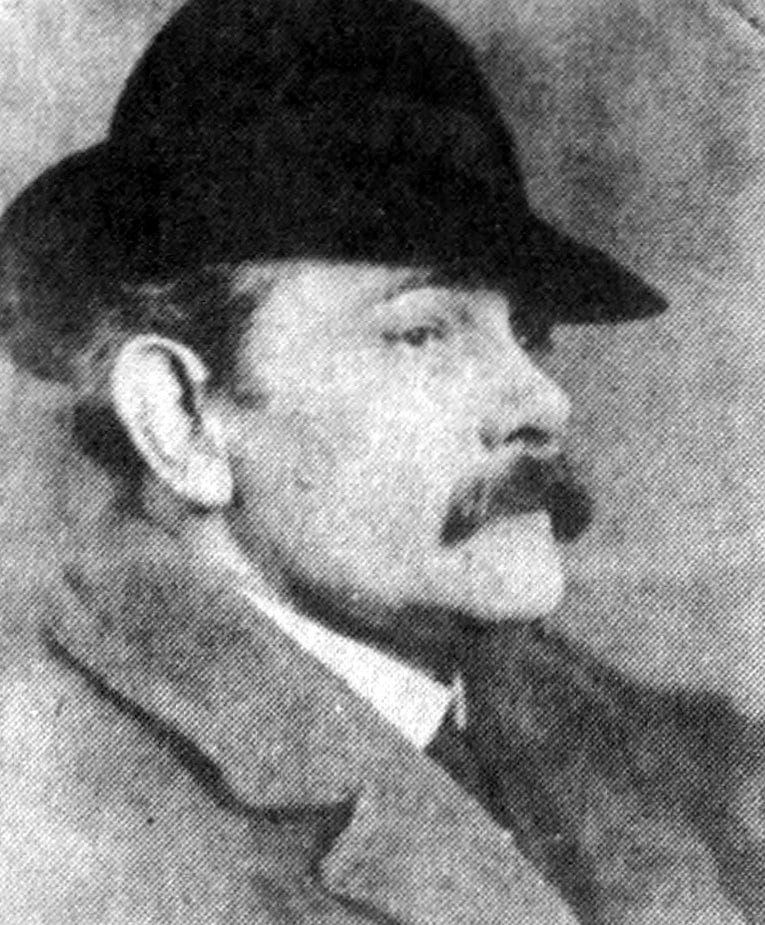
Funding challenges: The project, which began in 1927, faced significant financial hurdles. Despite funding from the federal government and private donations, the Great Depression strained the project’s budget.
Borglum’s death: Gutzon Borglum, the mastermind behind the monument, passed away in 1941. His death was a significant setback, as he was the driving force and visionary behind the sculpture.
World War II: The outbreak of World War II shifted national priorities and resources, leading to a halt in non-essential projects, including Mount Rushmore.
Mount Rushmore today stands as a memorial to American resilience and determination, despite not being completed as originally planned. It’s a fascinating topic for a family discussion or a learning activity about American history and the challenges of large-scale artistic endeavors.
How tall is Mount Rushmore?
How big is Mt Rushmore? The distance from the top of Washington’s head to his chin is 60 feet. That means that if the presidents carved on this monument there were able to stand up, they would end up being 465 feet tall.
Carving Mount Rushmore in 1941
Here’s what it looked like when work was being done on the monument, including the scaffolding and men on the site.
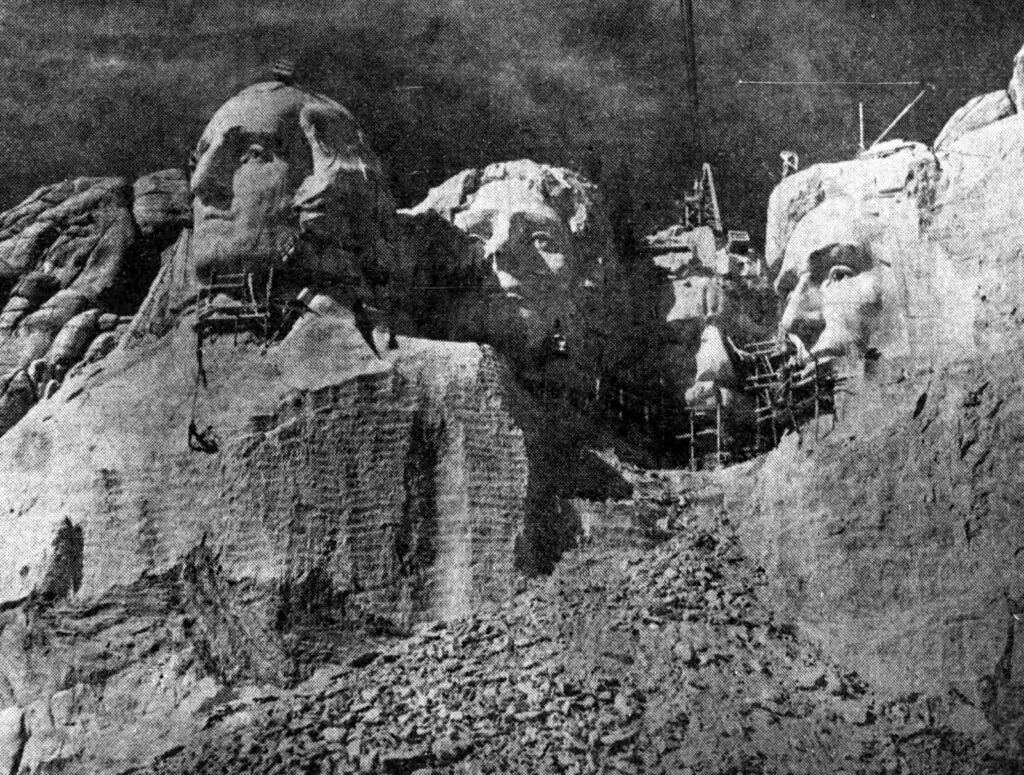
Find out more about Mount Rushmore National Memorial here.

